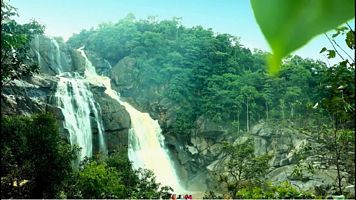East Singhbhum Tourism
Search related to Jharkhand Tourism

East Singhbhum is a district located in the state of Jharkhand, India. The district is known for its rich history, diverse geography, vibrant culture, and growing economy.
History
East Singhbhum has a rich history that dates back to the prehistoric period. The region has several archaeological sites that reveal the existence of human settlements in the area during the Stone Age. The district was a part of the ancient Magadha Empire, and it was ruled by several dynasties, including the Mauryas, Guptas, and Palas.
In the medieval period, the region was ruled by the Cholas, Rajputs, and Mughals. During the British rule, the district was a part of the Bengal Presidency, and it was known for its rich mineral resources. The district played a crucial role in India's struggle for independence, and several freedom fighters, including Birsa Munda, fought against the British in the region.
Geography
East Singhbhum is situated in the southeastern part of Jharkhand and covers an area of 3,288 sq km. The district is surrounded by West Singhbhum district to the west, Saraikela Kharsawan district to the north, Purulia district of West Bengal to the east, and Mayurbhanj district of Odisha to the south. The district is located on the Chota Nagpur Plateau, which is known for its mineral-rich soil.
The district is known for its diverse topography, which includes hills, forests, and rivers. The Subarnarekha River flows through the district, and it is the lifeline of the region. The district is also home to several hills and plateaus, including the Dalma Hills, the Ghatshila Plateau, and the Galudih Hill Range.
Demographics
According to the 2011 census, the population of East Singhbhum was 2,290,007. The district has a diverse population that includes people from different religions, castes, and tribes. The major languages spoken in the district are Hindi, Bengali, and Santali.
The district is home to several tribal communities, including the Santhal, Ho, and Munda tribes. The tribal communities have a unique culture and traditions, and they play a vital role in the district's economy and society.
Economy
East Singhbhum is known for its rich mineral resources, which include iron ore, copper, and mica. The district has several industries that are engaged in the extraction and processing of minerals. The major industries in the district are steel, cement, and mining.
Apart from mining, the district also has a growing agricultural sector. The region is known for its production of paddy, wheat, and pulses. The district has several irrigation projects that have helped in increasing the agricultural output of the region.
The district is also home to several small and medium-scale industries, including handicrafts, textiles, and food processing. The district has several SEZs (Special Economic Zones) that have attracted investments from several domestic and international companies.
Culture
East Singhbhum has a vibrant culture that is a blend of different traditions and customs. The district is known for its folk music and dance forms, including Jhumar, Chhau, and Santhali dance. The tribal communities have a rich cultural heritage, and they celebrate several festivals throughout the year.
The major festivals celebrated in the district include Durga Puja, Diwali, Christmas, and Eid. The district is also known for its unique cuisine, which includes traditional tribal dishes as well as popular north Indian dishes.
- State :
- Jharkhand
How to Reach East Singhbhum
Complete List of Tehsils in East Singhbhum District, Jharkhand
| S.No | Tehsil / Taluk Name | District Name | State Name |
|---|---|---|---|
| 1 | Agrico | East Singhbhum | Jharkhand |
| 2 | Azadnagar | East Singhbhum | Jharkhand |
| 3 | Baharagora | East Singhbhum | Jharkhand |
| 4 | Baridih Colony | East Singhbhum | Jharkhand |
| 5 | Bistupur Bazar | East Singhbhum | Jharkhand |
| 6 | Bistupur Gate | East Singhbhum | Jharkhand |
| 7 | Burma Mines | East Singhbhum | Jharkhand |
| 8 | Chaibasa | East Singhbhum | Jharkhand |
| 9 | Chakulia | East Singhbhum | Jharkhand |
| 10 | Dhalbhum | East Singhbhum | Jharkhand |
| 11 | Dhalbhum Jamshedpur | East Singhbhum | Jharkhand |
| 12 | Dhalbhum, Jamshedpur | East Singhbhum | Jharkhand |
| 13 | Dhalbhum, Jamshedpur | East Singhbhum | Jharkhand |
| 14 | Dhalbhumgarh | East Singhbhum | Jharkhand |
| 15 | Dumaria | East Singhbhum | Jharkhand |
| 16 | East Singhbhum | East Singhbhum | Jharkhand |
| 17 | Ghatshila | East Singhbhum | Jharkhand |
| 18 | Ghatsila | East Singhbhum | Jharkhand |
| 19 | Gobindpur | East Singhbhum | Jharkhand |
| 20 | Golmuri | East Singhbhum | Jharkhand |
| 21 | Indranagar | East Singhbhum | Jharkhand |
| 22 | Jadugoda | East Singhbhum | Jharkhand |
| 23 | Jamshedpur | East Singhbhum | Jharkhand |
| 24 | Jugsalai | East Singhbhum | Jharkhand |
| 25 | Kadma | East Singhbhum | Jharkhand |
| 26 | Mahulia | East Singhbhum | Jharkhand |
| 27 | Mango | East Singhbhum | Jharkhand |
| 28 | Mango Notified Area | East Singhbhum | Jharkhand |
| 29 | Mosabani | East Singhbhum | Jharkhand |
| 30 | Moubhandar | East Singhbhum | Jharkhand |
| 31 | Patamda | East Singhbhum | Jharkhand |
| 32 | R.c.project | East Singhbhum | Jharkhand |
| 33 | Rahargora | East Singhbhum | Jharkhand |
| 34 | Sakchi | East Singhbhum | Jharkhand |
| 35 | Sundarnagar | East Singhbhum | Jharkhand |
| 36 | Tatanagar | East Singhbhum | Jharkhand |
Discover Exciting Places to Visit in Agra, Uttar Pradesh - Your Ultimate Travel Guide
Are you ready to explore the wonders of Agra, Uttar Pradesh? From the majestic Taj Mahal to hidden gems waiting to be discovered, our travel guide unveils the most captivating
Explore Exciting Places to Visit in Mumbai, Maharashtra - Your Ultimate Travel Guide
Ready for an adventure? Mumbai, in the beautiful state of Maharashtra, is packed with amazing places waiting to be explored! From iconic landmarks to hidden gems, Mumbai has something for
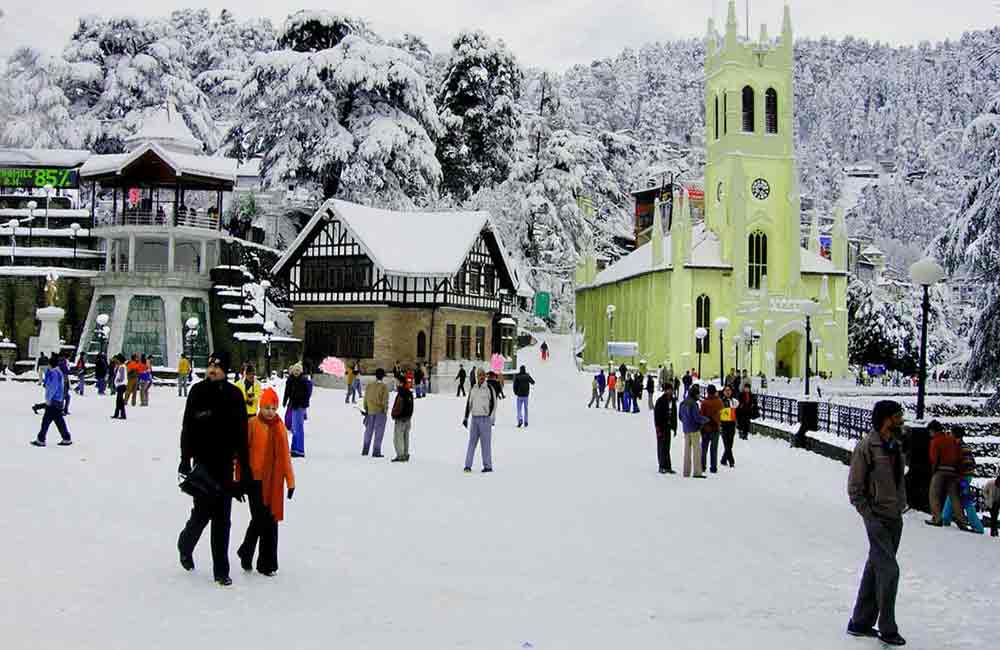
Explore the Wonderful Places to Visit in Manali, Himachal Pradesh - Your Ultimate Guide!
Ready for an exciting adventure? Discover the places to visit in Manali, Himachal Pradesh! From snowy mountains to lush valleys, there's something for everyone. Plan your trip now and explore
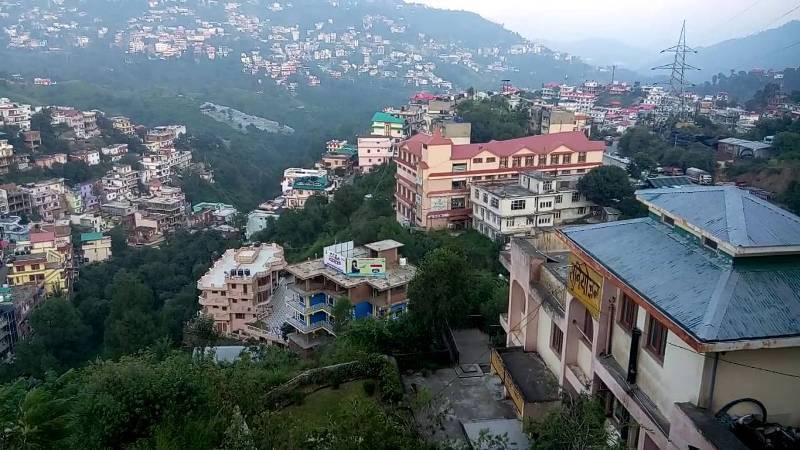
Places to Visit in Solan Himachal Pradesh - Explore the Best Tourist Spots
Discover the enchanting beauty of Solan Himachal Pradesh by exploring its myriad tourist spots. Whether you're seeking adventure or tranquility, Solan has something for everyone. From lush green valleys to
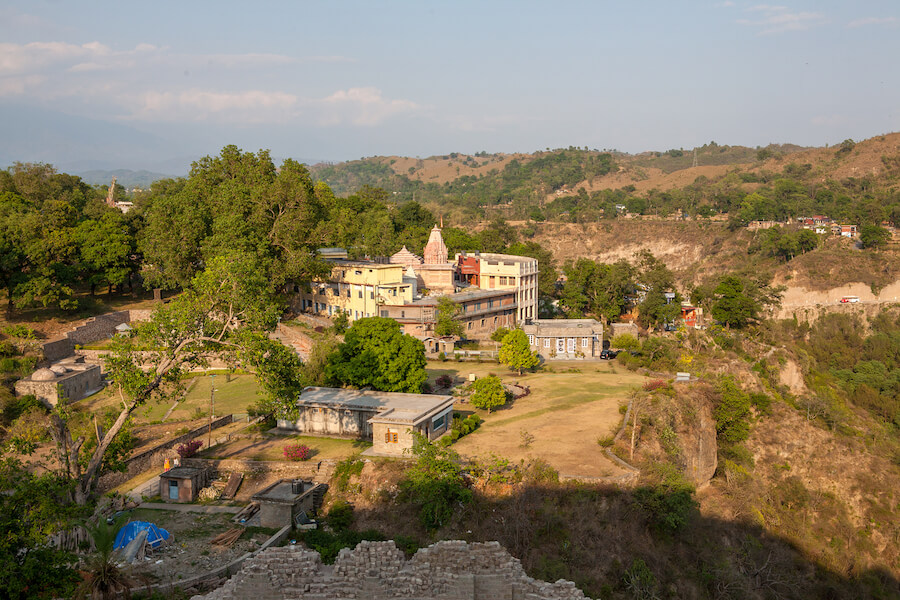
Discover the Best Places to Visit in Kangra, Himachal Pradesh: A Traveler's Guide
Ready for an exciting journey? Kangra, Himachal Pradesh welcomes you with open arms! Explore ancient temples, lush landscapes, and more in this enchanting valley. Let's uncover the best places to
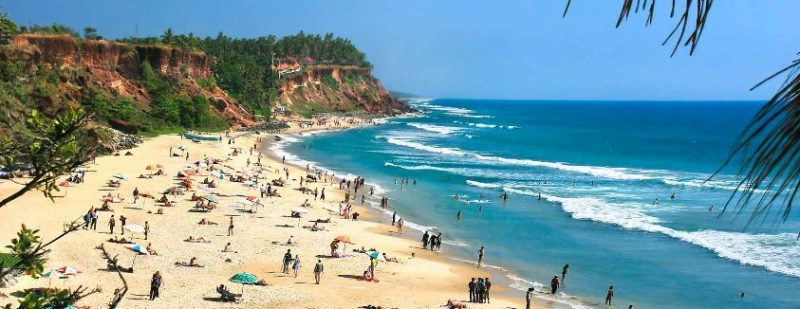
Explore Incredible Places to Visit in Varkala, Kerala: A Guide
Are you ready for an adventure? Varkala in Kerala is waiting for you! Discover the magic of this beautiful place with our guide to the best places to visit. From
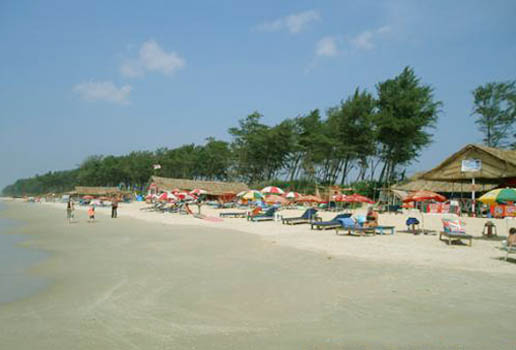
Explore Panaji, Goa: Discover the Best Places to Visit in the City
Ready for an adventure? Panaji, located in Goa, is packed with exciting places to visit. From ancient forts to picturesque beaches, there's never a dull moment in this lively city.
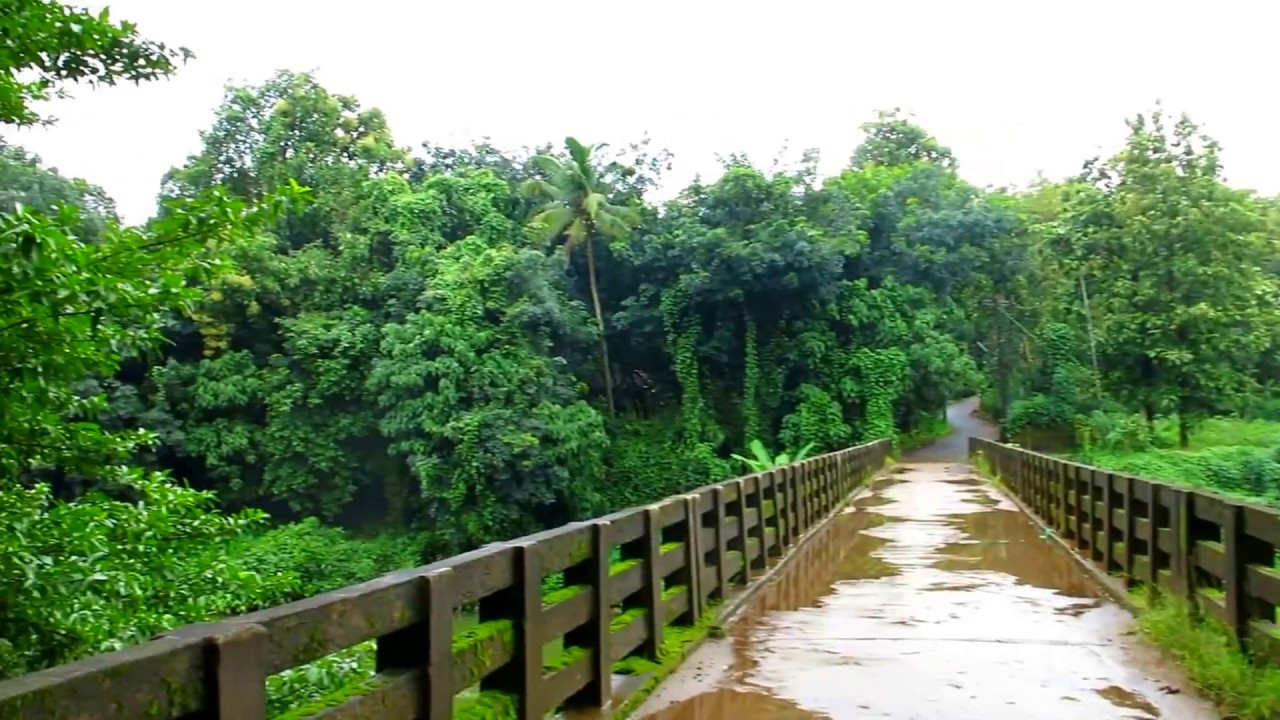
Explore the Best Places to Visit in Thrissur, Kerala – A Perfect Guide for Your Next Adventure!
Are you ready to explore Thrissur, Kerala? Get ready for an exciting journey through this vibrant city! Discover its rich history, stunning landmarks, and fascinating culture. With our guide to
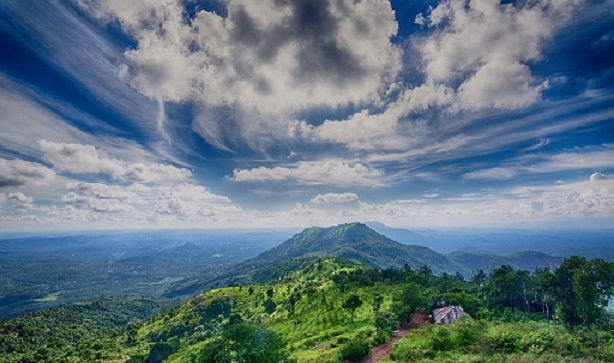
Explore the Best Places to Visit in Malappuram, Kerala - A Traveler's Guide
Dive into the beauty of Malappuram, Kerala with our ultimate travel guide! From picturesque beaches to fascinating historical sites, explore the best places to visit in Malappuram Kerala. Whether you're
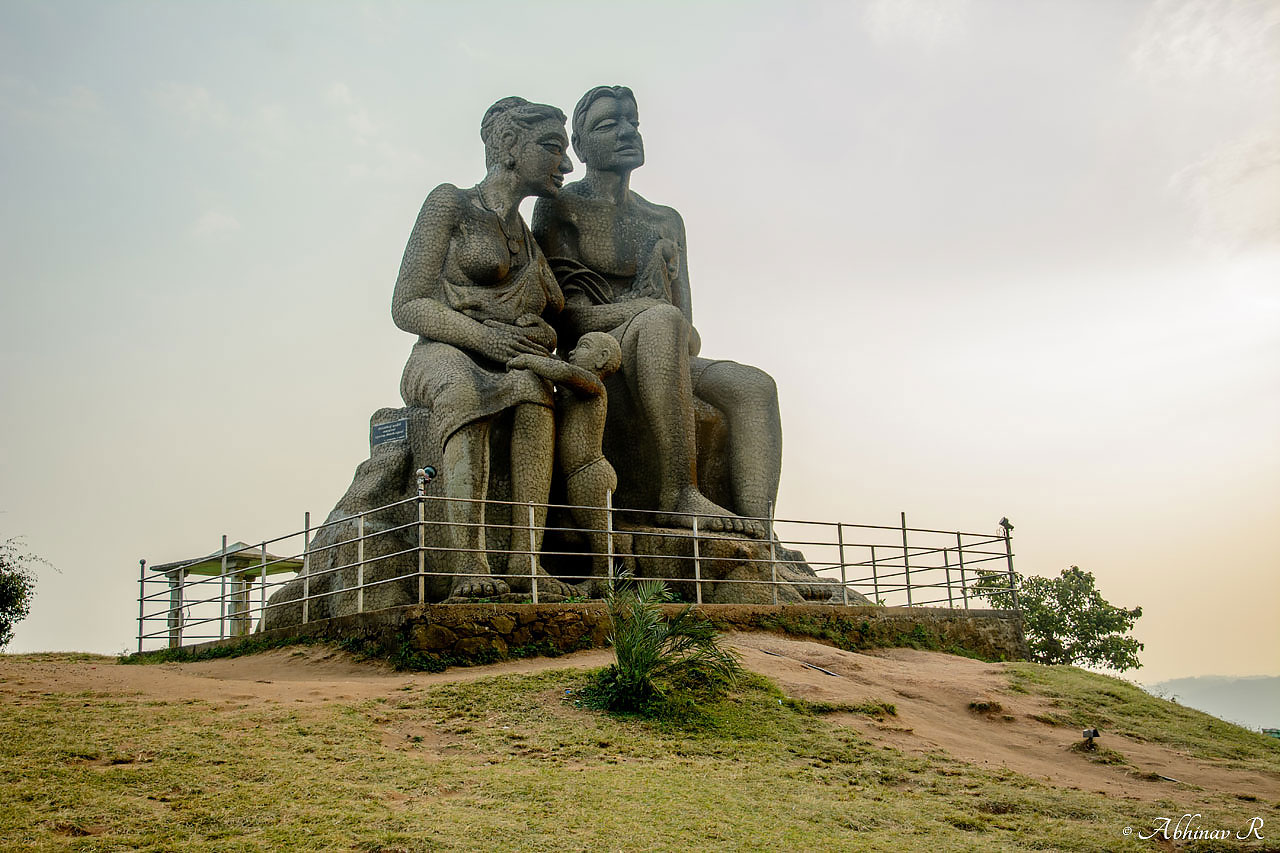
Explore the Best Places to Visit in Idukki, Kerala - A Traveler's Guide
Discover the mesmerizing beauty of Idukki, Kerala with our guide to the best places to visit. From breathtaking landscapes to serene lakes, explore the charm of this enchanting destination. Whether


